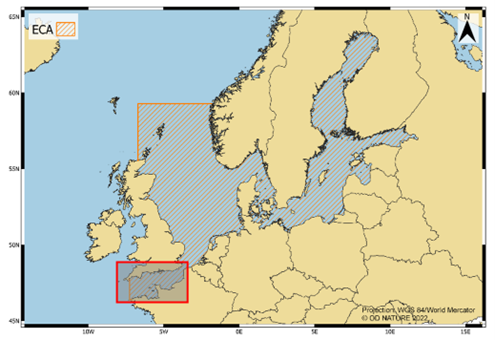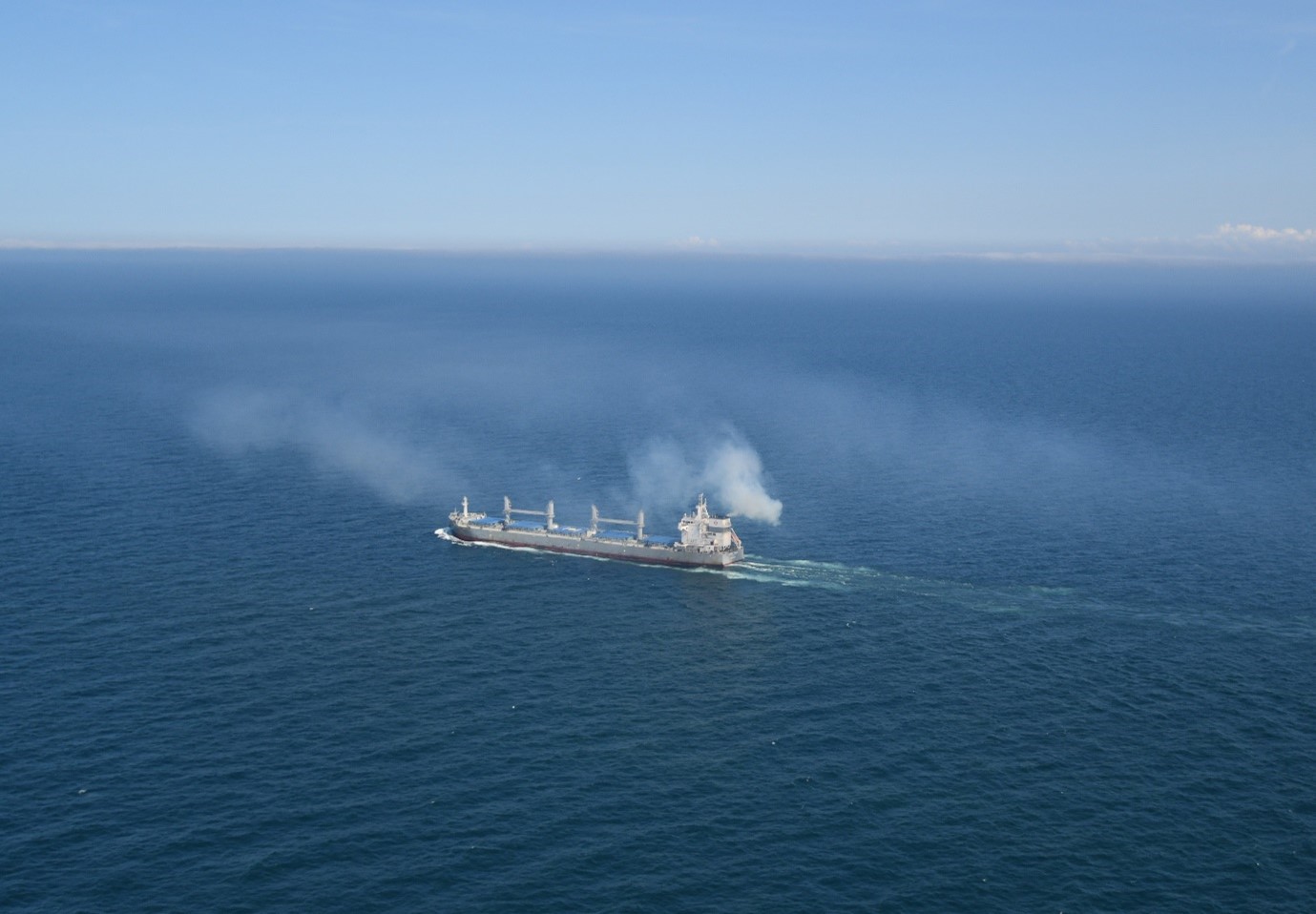The Institute of Natural Sciences, through its Management Unit of the Mathematical Model of the North Sea (MUMM), has successfully completed its ECA 2024 Border Campaign. The campaign was conducted from July 29 to August 2, 2024. This critical aerial mission aimed to monitor compliance with Annex VI of the MARPOL Convention, focusing on atmospheric pollution from ships in the Emission Control Area (ECA) along the southern border of the North Sea and in the English Channel.

During 10 flights lasting a total of over 21 hours, spread over five days, the SURV team conducted a total of 198 ship emission measurements on board the Belgian coastguard aircraft OO-MMM, equipped with an advanced airborne sniffer sensor. These measurements, focused on sulfur oxides (SOx) and nitrogen oxides (NOx), resulted in the identification of 17 potential violations of MARPOL Annex VI regulations, which were reported to the relevant authorities for further inspection. The 17 reports concerned 15 different ships (two ships were reported twice) and related to 12 FSC (Fuel Sulphur Content) alerts and three NOx alerts. Notably, seven of the reported vessels were inspected at their next port of call, demonstrating the functional link between OO-MMM and the port state inspection services of EU countries (+ Norway and Iceland) in the maritime enforcement chain, and thus confirming the role of the Belgian coastguard aircraft as a preliminary warning system.
This mission, executed in line with Belgium’s commitments under the Bonn Agreement, highlights the ongoing regional interest and effort to monitor and reduce maritime pollution in the North Sea region. Recommendations have been made to improve future campaigns, emphasizing better coordination with France and the United Kingdom and the inclusion of NOx pollutants in Thetis-EU, an EU platform developed by the European Maritime Safety Agency (EMSA) to record and exchange information on the results of individual compliance verifications carried out by Member States competent authorities under the Sulphur Directive.

